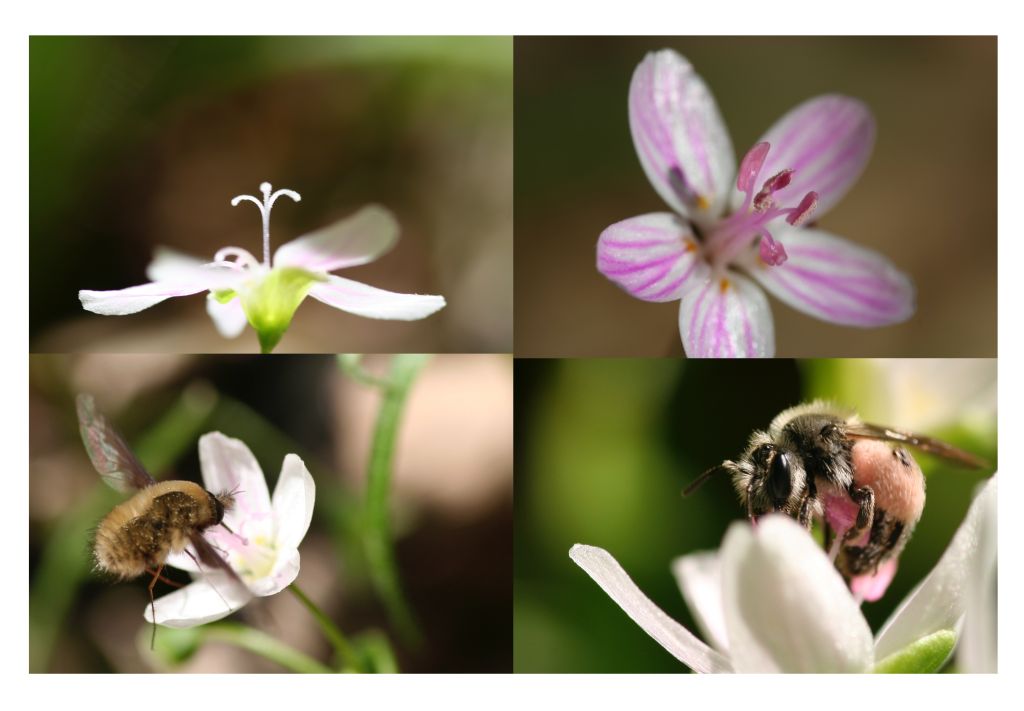Citizen scientists document geographic patterns in pollinator communities
DOI:
https://doi.org/10.26786/1920-7603(2018)10Abstract
It is widely recognized that plants are visited by a diverse community of pollinators that are highly variable in space and time, but biologists are often unable to investigate the pollinator climate across species’ entire ranges. To study the community of pollinators visiting the spring ephemerals Claytonia virginica and Claytonia caroliniana, we assembled a team of citizen scientists to monitor pollinator visitation to plants throughout the species’ ranges. Citizen scientists documented some interesting differences in pollinator communities; specifically, that western C. virginica and C. caroliniana populations are visited more often by the pollen specialist bee Andrena erigeniae and southern populations are visited more often by the bombyliid fly Bombylius major. Differences in pollinator communities throughout the plants’ range will have implications for the ecology and evolution of a plant species, including that differences may affect the male fitness of individual plants or the reproductive success of plant populations, or both.

Downloads
Published
How to Cite
Issue
Section
License
Copyright (c) 2018 Alison J Parker, James D Thomson

This work is licensed under a Creative Commons Attribution 4.0 International License.
JPE is an open access journal which means that all content is freely available without charge to the user or his/her institution.
Authors who publish with this journal agree to the following terms:
1) Authors retain copyright and grant the journal right of first publication with the work simultaneously licensed under a Creative Commons Attribution License that allows others to share the work with an acknowledgement of the work's authorship and initial publication in this journal.
2) Authors are able to enter into separate, additional contractual arrangements for the non-exclusive distribution of the journal's published version of the work (e.g., post it to an institutional repository or publish it in a book), with an acknowledgement of its initial publication in this journal.
3) Authors are permitted and encouraged to post their work online (e.g., in institutional repositories or on their website) prior to and during the submission process, as it can lead to productive exchanges, as well as earlier and greater citation of published work (See The Effect of Open Access).
To assure a broader targeted audience, content will be included into databases (such as EBSCO) and directories (such as DOAJ).











